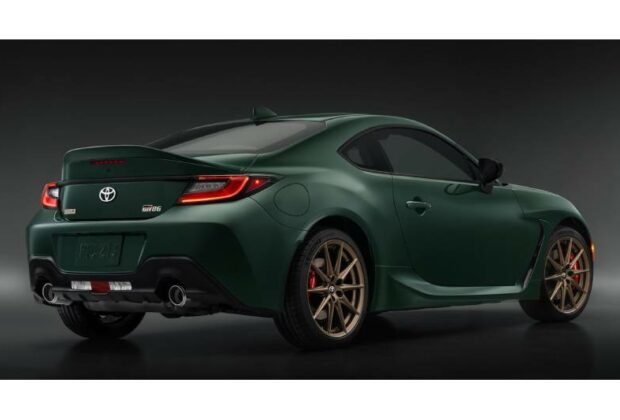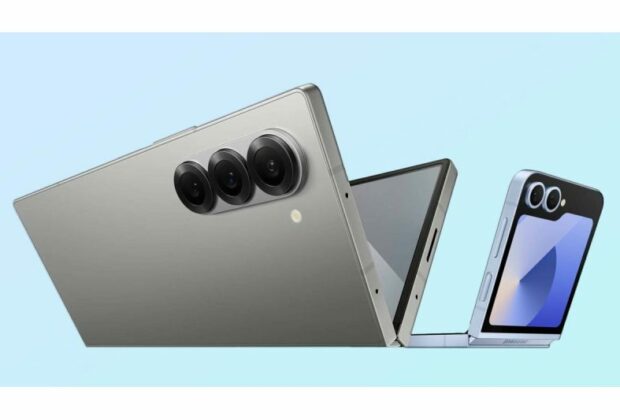The Toyota GR86, one of the greatest (and last) reasonably priced sports cars available, will receive major changes for 2025. Toyota is bringing back the Hakone Edition for people who also want a slightly more exclusive ride, but the modifications should make an already lively car even more pleasure to drive.
Let’s start with the updates. Toyota claims that the electronically powered steering and retuned dampers fitted to all 2025 GR86s will enhance handling response and increase the vehicle’s sense of ground touch. The electronic throttle control for vehicles using the 6-speed manual gearbox from the GR86 has been reprogrammed to respond more quickly. Torque control adjustments have also been made to the engine to improve downshift throttle blip functionality.
Cars with automatic transmissions are not excluded. For more adventurous driving, the six-speed units’ manual mode paddle downshift threshold has been raised by 1,600 rpm.
Regarding the Hakone Edition, this limited-edition model pays homage to the 2020 special edition of the 86 from the previous generation. The name honors the winding Hakone Turnpike, a well-known touge (mountain pass) road that passes close to Tokyo. The unique dark green finish on both Hakone Editions is evocative of the trees that border the pass.
The 2.4-liter flat-four’s 228 horsepower and 184 lb-ft of torque are unchanged for the Hakone Edition. However, just like other limited-edition GR86s, Toyota has added Sachs dampers to the suspension and Brembo 4-piston calipers with 12.8 x 1.3-inch rotors up front and two-piston calipers with 12.4 x.79-inch rotors at the back to enhance stopping power.
Hakone Editions will be distinguished from other models by a ducktail spoiler at the back and 18-inch bronze wheels in addition to the Ridge Green paint job. Inside, tan Ultrasuede upholstery, golden accents, and a unique shift knob complete the look. Naturally, Hakone badging is present throughout.
Though this is more than the 200 units available in Japan, there won’t be nearly as many as the 860 Hakone Editions that will be sold in the United States. Although the price has not been disclosed, demand is expected to be considerable because, when they go on sale in the fall of 2024, not even all 1,500 Toyota dealerships will be able to obtain one.
Read Full Article













